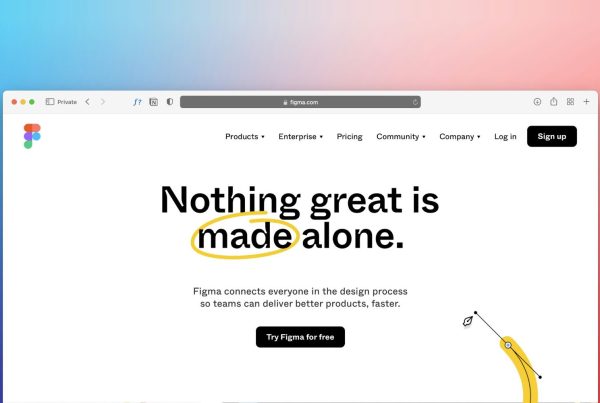In a world where technology leaps forward by bounds, the sight of a Boston Dynamics robot is a stark reminder of the rapid pace of innovation. For Lunar, a forward-thinking digital agency, the rise of intelligent automation isn’t just a spectacle; it’s a signpost pointing towards the future of marketing, business, and customer engagement. Let’s explore how your business can adapt and thrive in an AI-driven landscape.
Understanding the Role of Automation in Digital Strategy
The sleek lines and mechanical precision of a Boston Dynamics robot symbolize the potential for accuracy, efficiency, and tireless productivity. Similarly, intelligent automation in digital marketing offers the ability to streamline operations, personalize customer interactions, and analyze data with unparalleled accuracy.
Why Adapt to Automation?
Adapting to automation is no longer a choice but a necessity. Just as robots can navigate complex environments and perform tasks with superhuman ability, automation in digital marketing allows businesses to:
- Navigate the Complexity of Big Data: Automation tools can sift through massive datasets to find actionable insights, much like a robot can identify and navigate obstacles.
- Enhance Customer Interactions: Automated systems can provide personalized experiences to customers, similar to how robots can be programmed to interact with humans.
- Boost Productivity: Just as robots can work around the clock without fatigue, automation in digital marketing means your campaigns run 24/7, across all time zones and markets.
- Building an Automated Digital Marketing Framework: A Five-Step Process
Step 1: Evaluate Your Technology Stack
Your technology stack is the backbone of your automation strategy. Evaluate your current tools and platforms to ensure they’re capable of integrating with advanced automation and AI systems.
Step 2: Personalise Through Automation
Use automation to personalize customer experiences at scale. Tools like AI-driven chatbots can engage with customers in real-time, providing tailored responses and support.
Step 3: Optimise Campaigns in Real-Time
Leverage the power of AI to optimize your marketing campaigns in real-time. Automated systems can analyze performance data and adjust parameters to maximize effectiveness.
Step 4: Streamline Operations
Automate routine tasks to free up your team’s time for creative and strategic endeavors. From scheduling social media posts to generating reports, automation can handle the repetitive tasks that bog down productivity.
Step 5: Embrace Continuous Learning
The field of automation is constantly evolving. Keep learning and adapting your strategies to stay ahead of the curve. Invest in training and development to ensure your team is equipped to leverage these new technologies.


